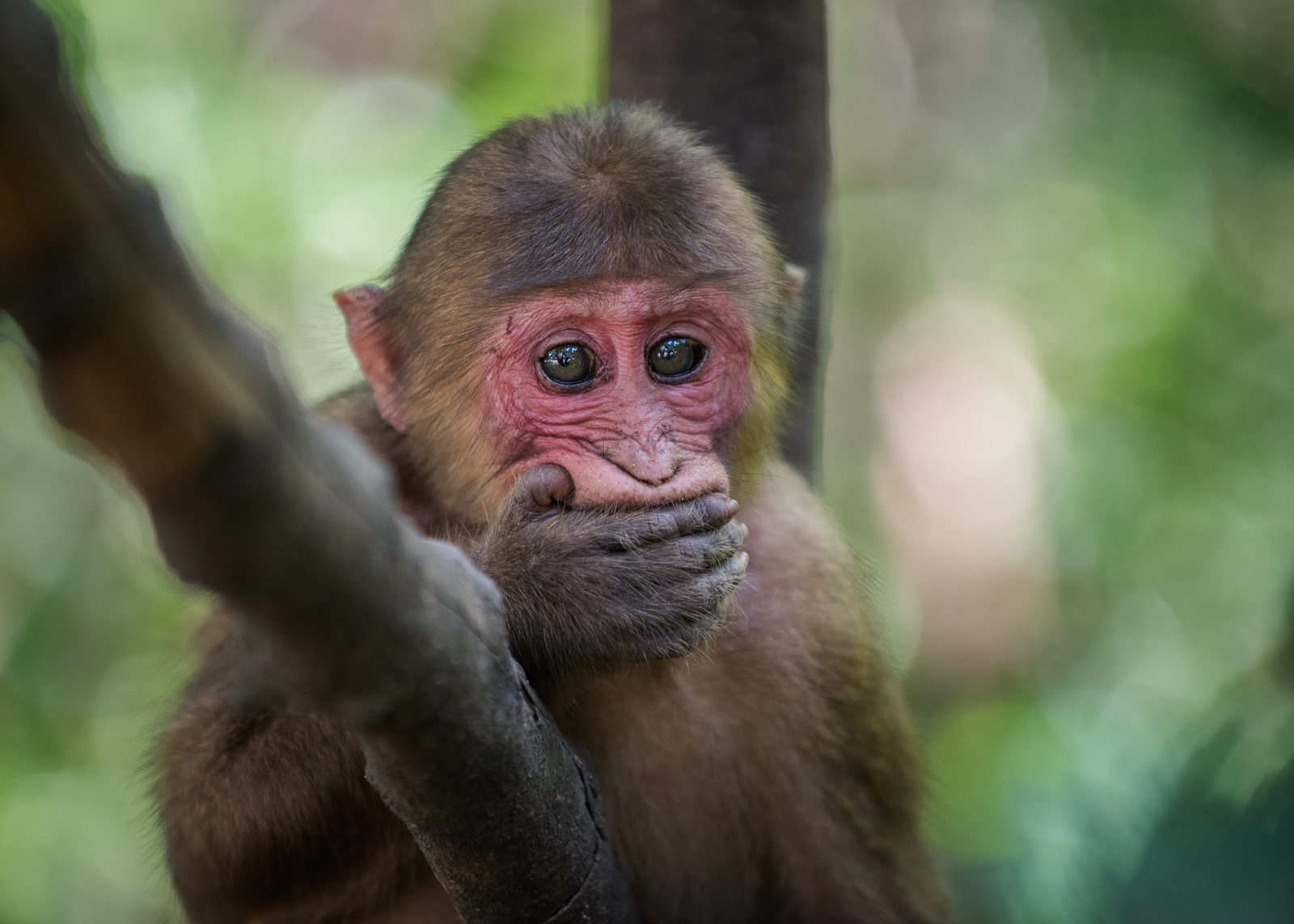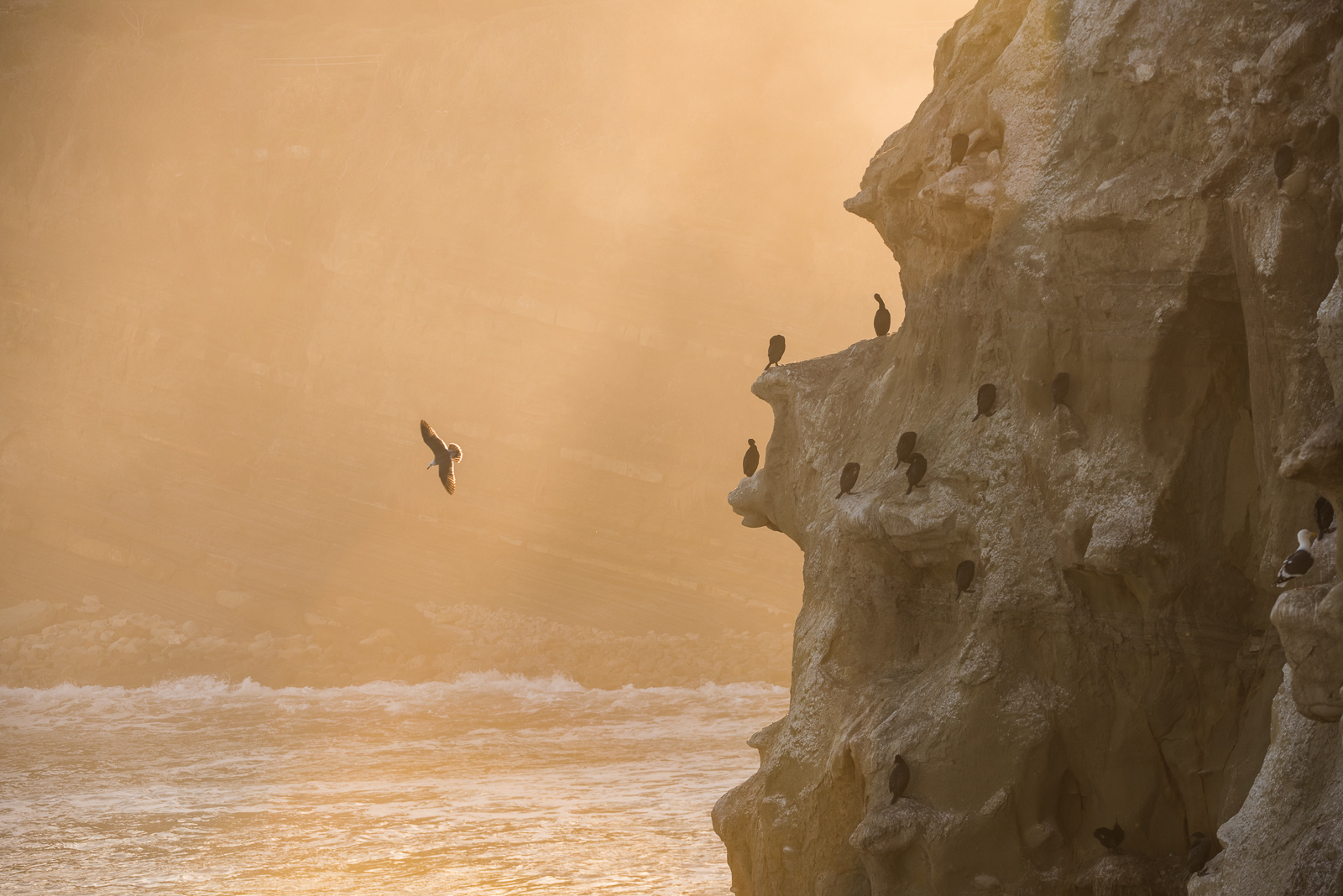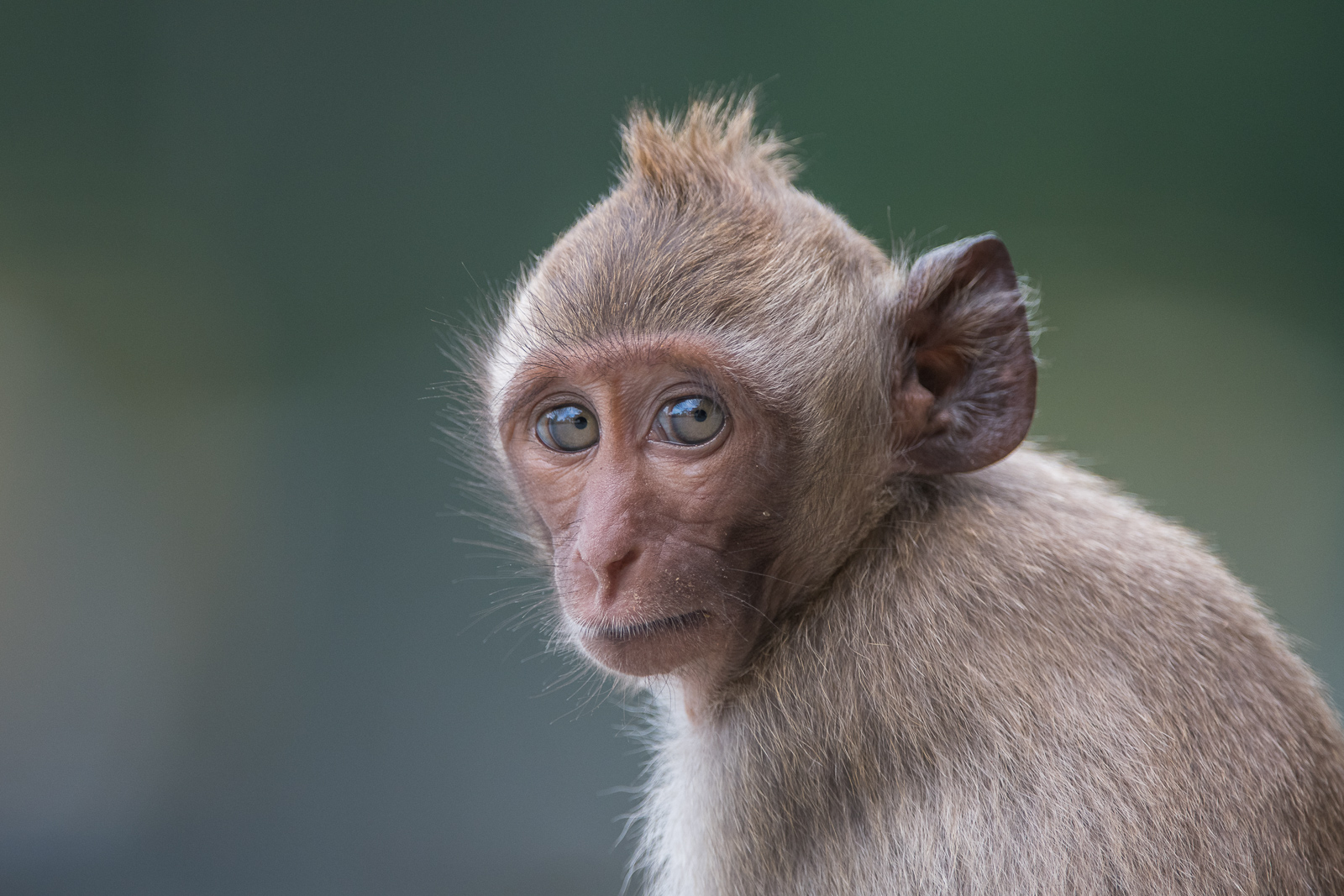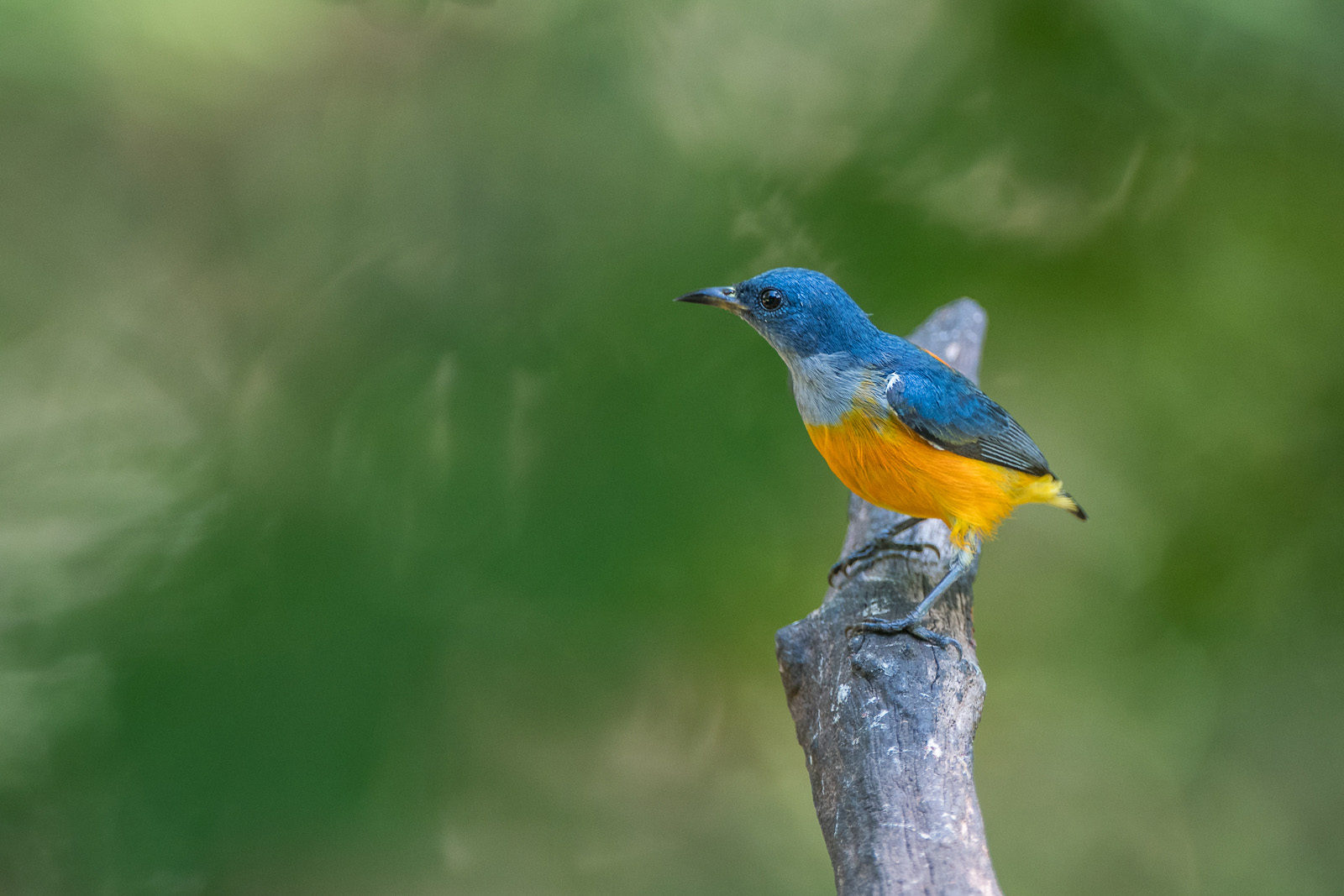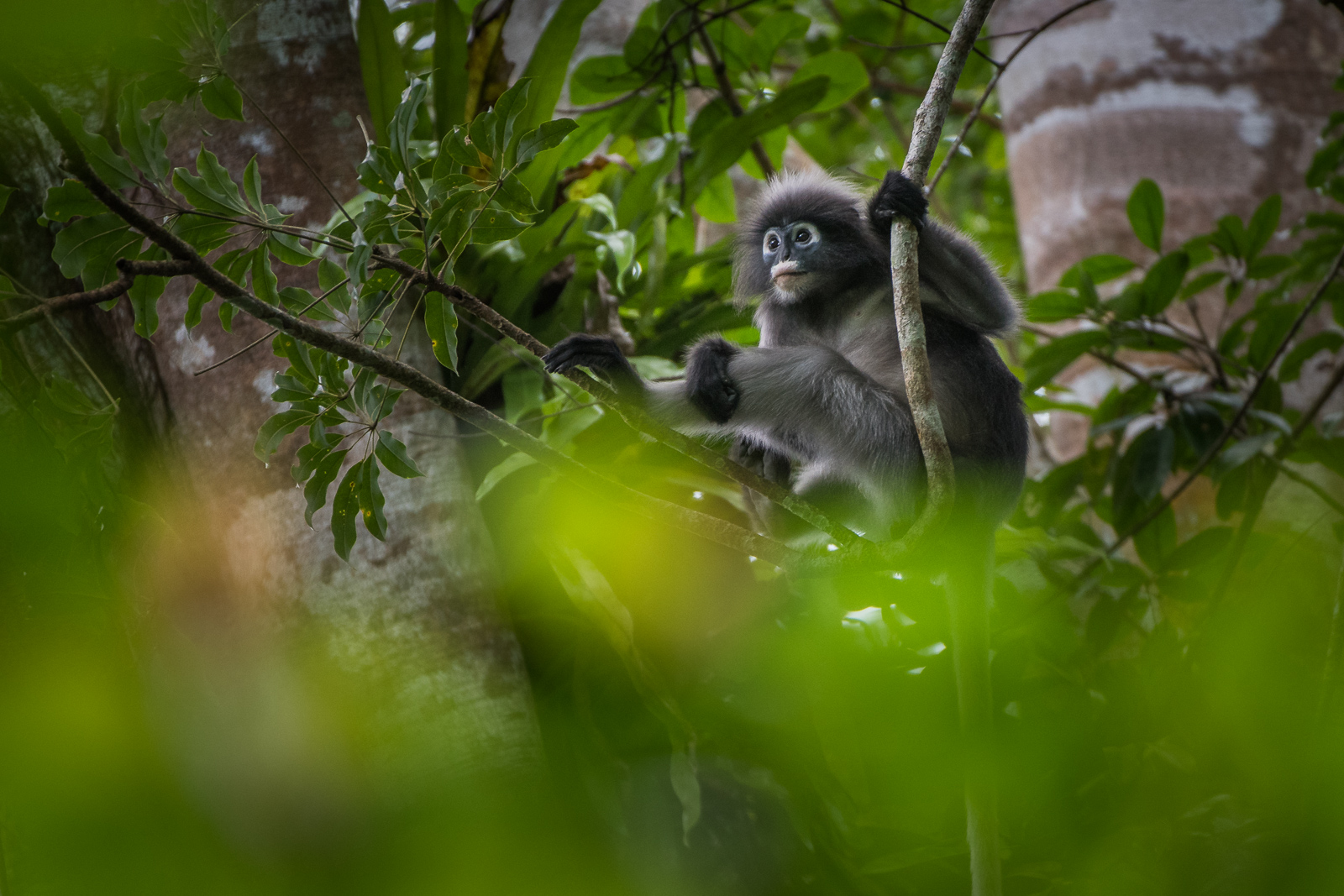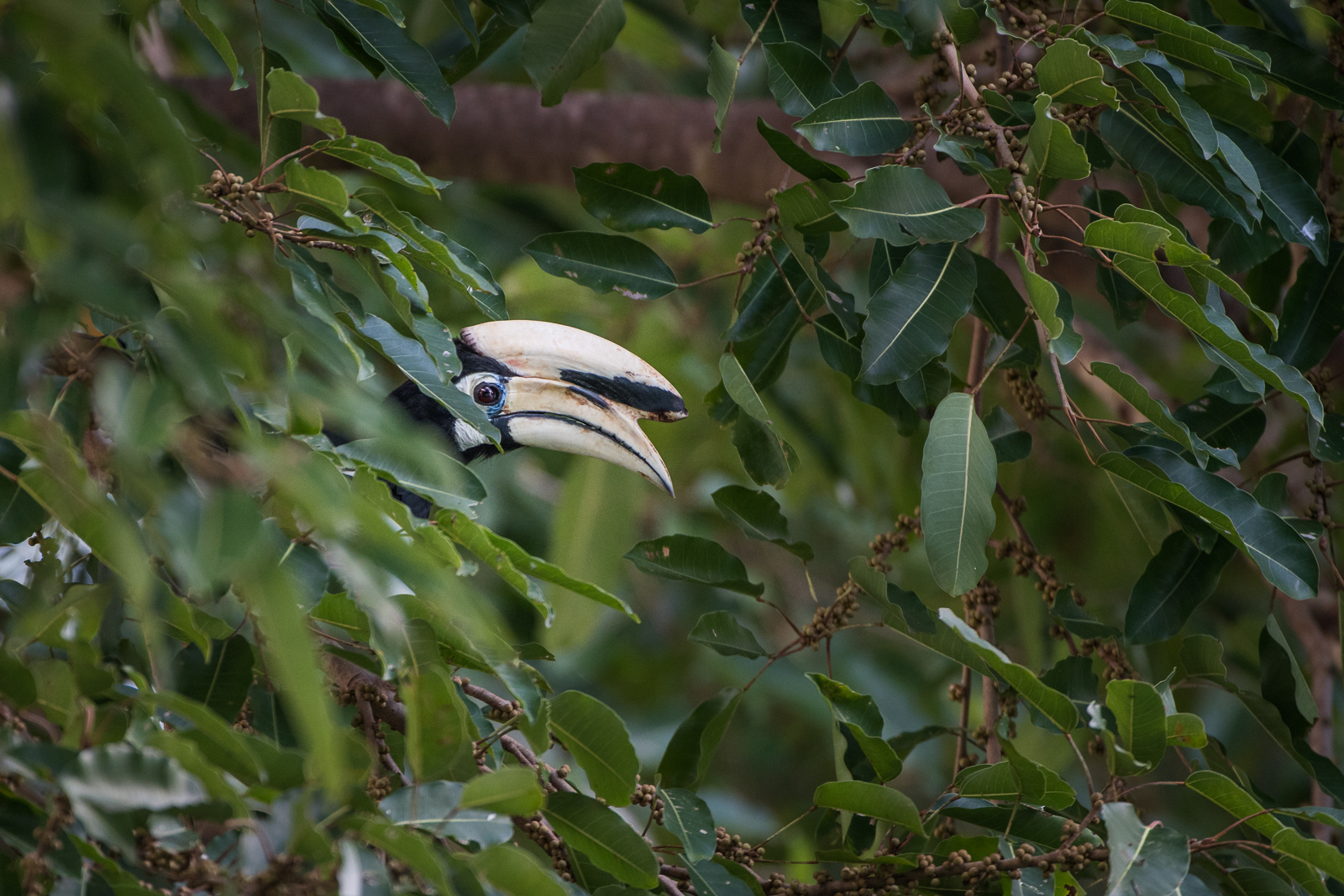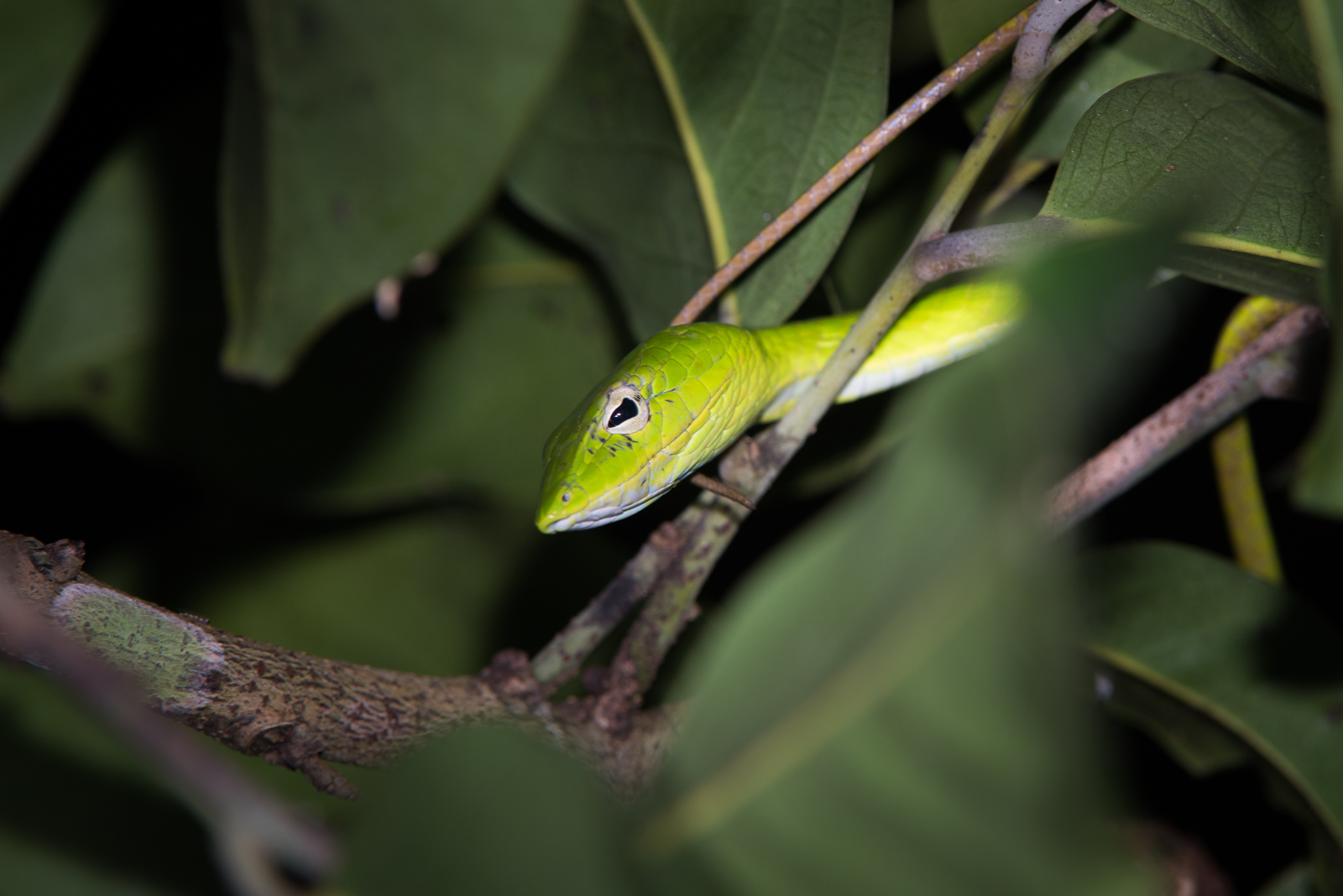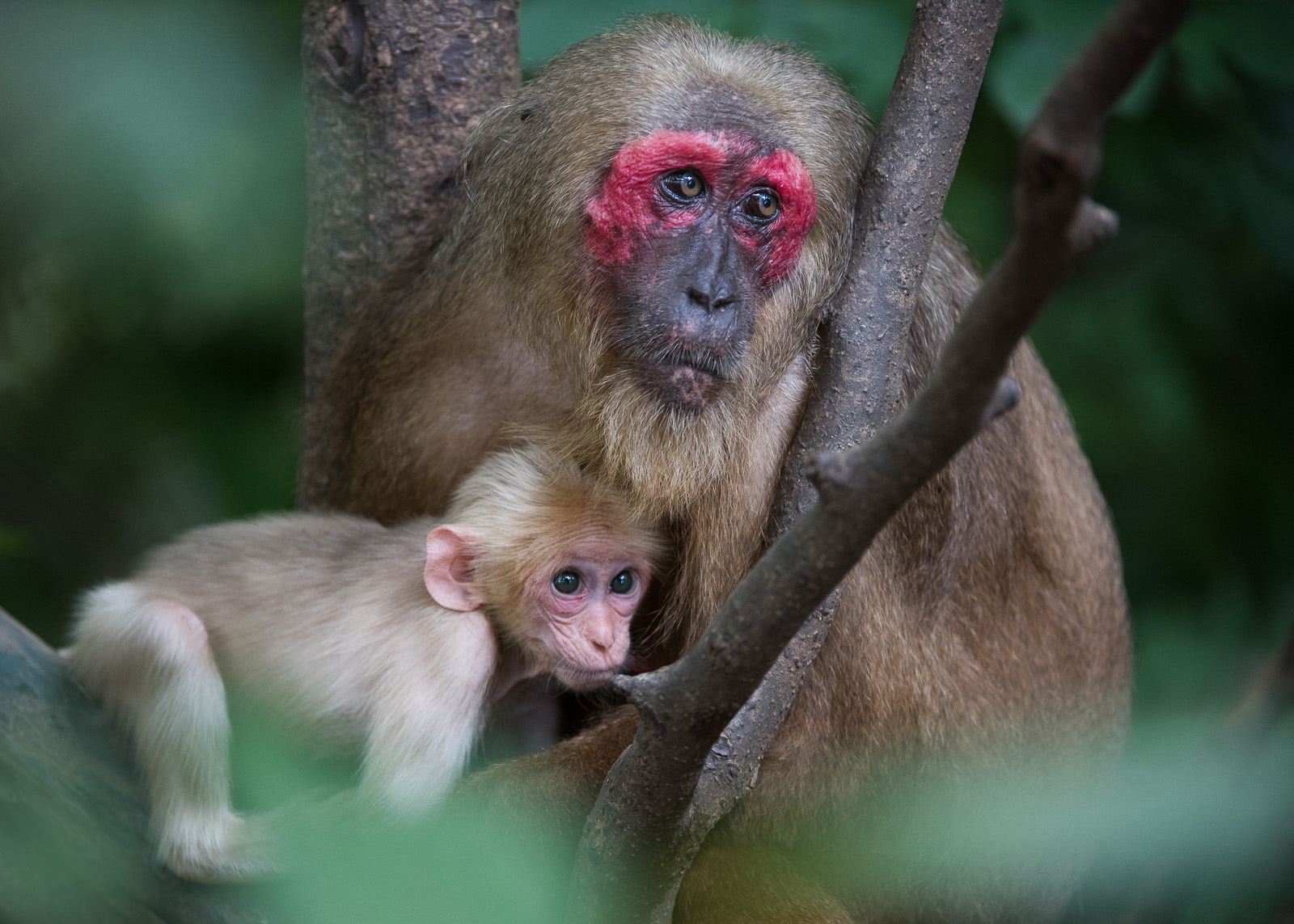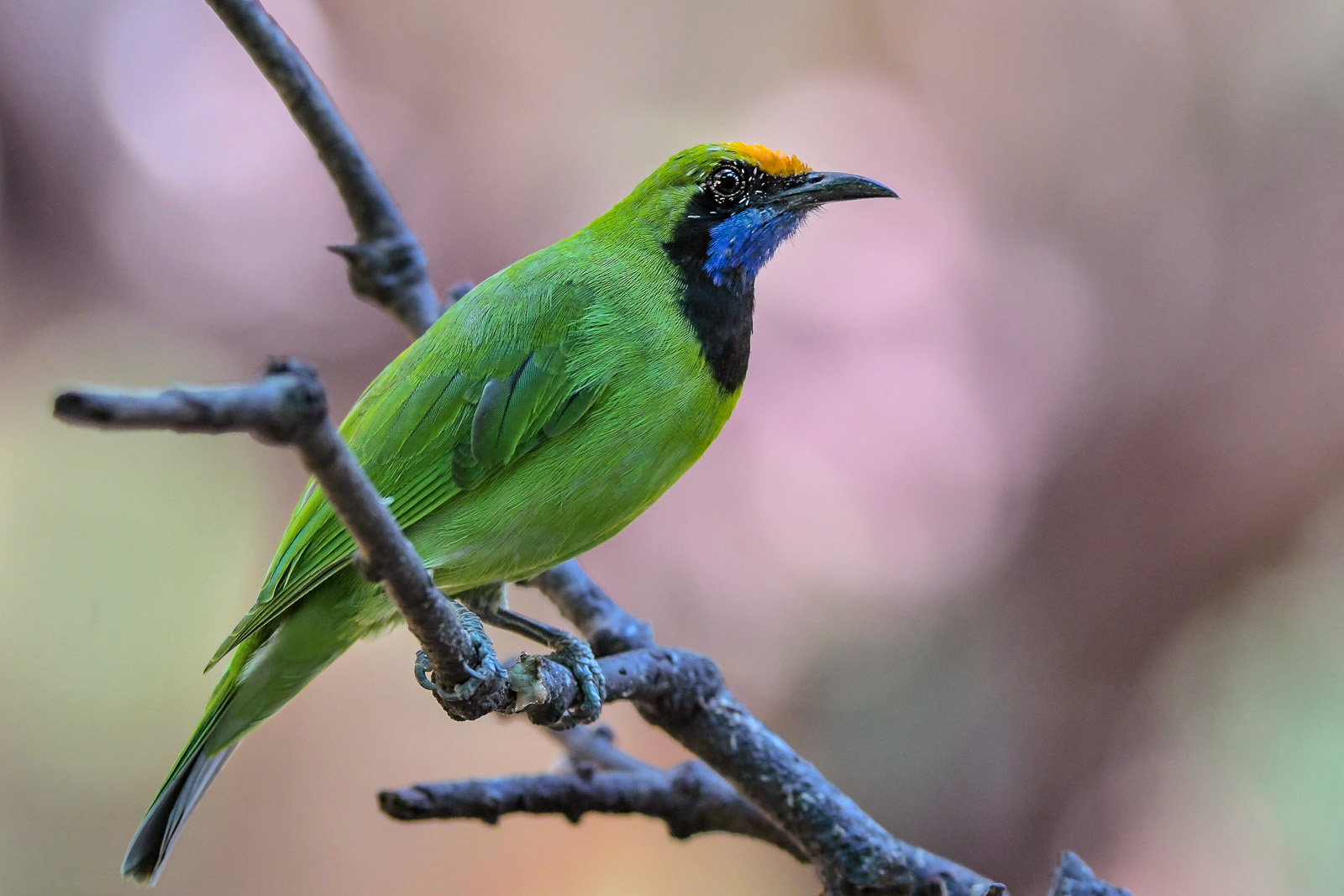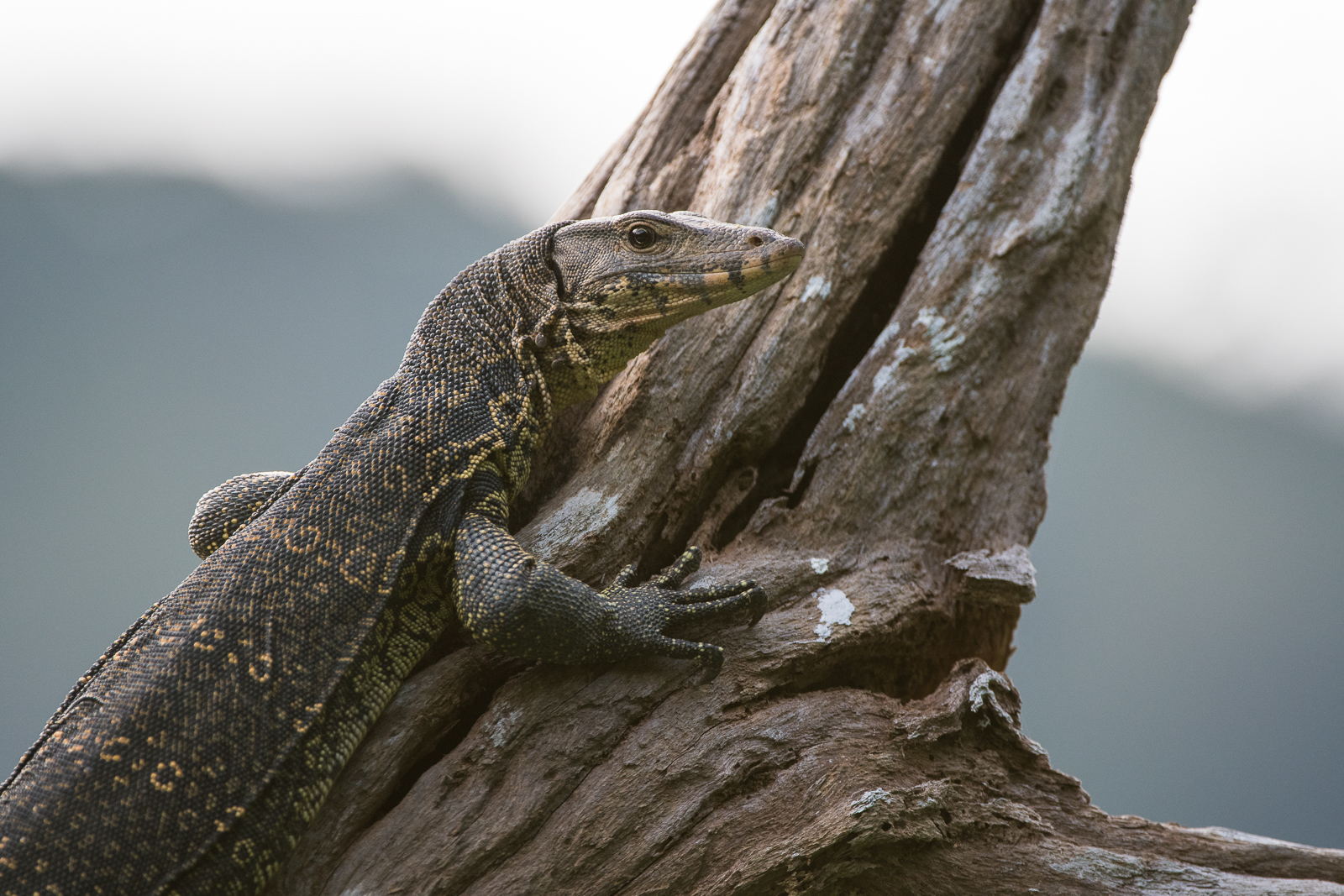Top Twelve of 2016
As you guys know, I don’t always post pictures that I shot the current calendar year. I often post from previous years, but I do try to continually add new photos to the collection. The following are what I consider my top twelve images that were posted — as well as taken — in 2016. I didn’t get out quite as much this year, but did manage to start the year strong with several work trips to California, another to Toronto, followed by a week in Panama, a short visit to my mother in Florida, and finally, a week in Thailand last month. Each trip is represented, and in the order that they were taken. Happy New Year everyone. Thanks for continuing to check out my daily posts. I really appreciate it and the positive feedback keeps me excited to mine my collection each night to find just the right shot.
Following a work trip to San Diego back in January, I tacked on a few days and headed north to La Jolla in search of the “Potholes” at Hospitals Reef. On the way, I caught this morning glimpse of Brandt’s cormorants nesting on a cliff while a Western gull flew past. (Nikon D810 with Nikkor 17-35mm lens (at 17mm) ISO 400, f/11 at 1/100th of a second.)
And below is the aforementioned “Potholes.” (Nikon D810 with Nikkor 17-35mm lens (at 17mm) ISO 400, f/11 at 1/100th of a second.)
Speaking of Brandt’s cormorants, I met this bold individual two months later at El Matador Beach in Malibu. Always nice when your subject allows you to get so close that you can use a fisheye lens. (Nikon D810 with Sigma 15mm fisheye lens, ISO 200, f/22 at 1/200th of a second, Nikon SB-900 flash unit.)
In May, I headed to Toronto for a few weeks to shoot a commercial. In between our busy work schedule, I was able to explore the area’s wildlife hotspots, including several sites around Lake Ontario where I captured this mute swan at sunset. (Nikon D810 with Nikkor 200-400mm lens (at 400mm) ISO 800, f/4 at 1/640th of a second.)
Later in the month, I headed down to Panama for a five night trip. At the top of my wish list was the keel-billed toucan. I saw quite a few at the Canopy Tower Lodge in Soberania National Park not too far from Panama City. This one was feeding on a seed from a cecropia tree. (Nikon D810 with Nikkor 200-400mm lens (at 400mm) ISO 1600, f/4 at 1/320th of a second.)
Also from the Canopy Tower was this three-toed sloth. (Nikon D810 with Nikkor 200-400mm lens (at 250mm) ISO 1600, f/4 at 1/100th of a second.)
A few hours north brought me to the town of El Valle where I spotted several canal zone tree frogs at night. (Nikon D800 with Nikkor 105mm macro lens, ISO 200, f/25 at 1/60th of a second, two Nikon SB-900 flash units.)
In early July, it was off to Florida for a visit to my mother. We took her to one of my favorite spots, the Ding Darling National Wildlife Refuge. The star attraction at the refuge is the roseate spoonbill. This one was coming in for a landing near three white ibis. (Nikon D810 with Nikkor 200-400mm lens (at 400mm) ISO 400, f/8 at 1/2000th of a second.)
My biggest trip of the year was only a week long, but I saw quite a variety of wildlife in Thailand. Especially in Kaeng Krachan National Park where I camped for three nights. Every night, Malayan porcupines came around the campsite looking for scraps. The predictability of their visits allowed me to be ready with two flash units placed in advantages locations for front and back light. (Nikon D810 with Nikkor 200-400mm lens (at 210mm) ISO 400, f/8 at 1/60th of a second, two Nikon SB-900 flash units.)
I also saw plenty of little creatures like this red long-horned spider. (Nikon D810 with Nikkor 105mm macro lens, ISO 1600, f/6.3 at 1/60th of a second.)
I photographed five primate species, including the white-handed gibbon. (Nikon D500 with Nikkor 200-400mm lens (at 360mm) ISO 800, f/4 at 1/5000th of a second.)
And finally, this masked palm civet who was kind enough to stop by while I had my light set up for the porcupines. (Nikon D810 with Nikkor 200-400mm lens (at 290mm) ISO 400, f/18 1/60th of a second, two Nikon SB-900 flash units.)
Young Long-Tailed Macaque
 Here’s the fifth and final primate species that I photographed in Thailand. These guys were really habituated to people and living in and around an old temple somewhere between Bangkok and Kaeng Krachan National Park. From what I hear, they are considered sacred by some, pests by others, and useful by medical researchers for laboratory experiments because of their similarity to humans. Most of them kind of ignored that I was even there, but the young ones are always a bit curious.
Here’s the fifth and final primate species that I photographed in Thailand. These guys were really habituated to people and living in and around an old temple somewhere between Bangkok and Kaeng Krachan National Park. From what I hear, they are considered sacred by some, pests by others, and useful by medical researchers for laboratory experiments because of their similarity to humans. Most of them kind of ignored that I was even there, but the young ones are always a bit curious.
Nikon D500 with Nikkor 200-400mm lens (at 400mm) ISO 800, f/4 at 1/800th of a second
Orange Bellied Flowerpecker
 This may have been one of the smallest animals that I photographed in Thailand, but it had the best name — the orange bellied flowerpecker. A lovely little bird of equal parts orange and blue. This is the male of the species. The female is more uniformly yellow with a bit of black.
This may have been one of the smallest animals that I photographed in Thailand, but it had the best name — the orange bellied flowerpecker. A lovely little bird of equal parts orange and blue. This is the male of the species. The female is more uniformly yellow with a bit of black.
Nikon D500 with Nikkor 200-400mm lens (at 400mm) ISO 800, f/4 at 1/160th of a second
Banded Langur
 Here’s the other of the two langur species that I photographed in Thailand. This is the banded langur, or if you prefer, the banded leaf monkey. You can even call it the banded surili if you’re so inclined. They answer to all three. Unlike the dusky langurs, which I usually saw on their own, the banded langurs commonly travel in large troops.
Here’s the other of the two langur species that I photographed in Thailand. This is the banded langur, or if you prefer, the banded leaf monkey. You can even call it the banded surili if you’re so inclined. They answer to all three. Unlike the dusky langurs, which I usually saw on their own, the banded langurs commonly travel in large troops.
Nikon D500 with Nikkor 200-400mm lens (at 400mm) ISO 800, f/4 at 1/200th of a second
Oriental Pied Hornbill
 This is the Oriental pied hornbill. These guys were definitely more common than the great hornbill that I posted last week. Still, it was exciting to see them the number of times that I did. I captured several in-flight photos, but I kind of liked this simple portrait of the distinctive bill peaking through the foliage. Unlike the great hornbills that were almost always high in the canopy, the Oriental pied hornbills would occasionally make an appearance a bit lower to the ground, depending upon where the trees were fruiting.
This is the Oriental pied hornbill. These guys were definitely more common than the great hornbill that I posted last week. Still, it was exciting to see them the number of times that I did. I captured several in-flight photos, but I kind of liked this simple portrait of the distinctive bill peaking through the foliage. Unlike the great hornbills that were almost always high in the canopy, the Oriental pied hornbills would occasionally make an appearance a bit lower to the ground, depending upon where the trees were fruiting.
Nikon D500 with Nikkor 200-400mm lens (at 400mm) ISO 800, f/4 at 1/250th of a second
Asian Vine Snake
 This sinister looking guy was creeping around in a tree near my tent in Kaeng Krachan National Park in Thailand. These green vine snakes are fairly common — and from what I’m told, only mildly venomous and not a significant threat to humans. I thought he was pretty cool looking with that arrowhead shaped pupil surrounded by white.
This sinister looking guy was creeping around in a tree near my tent in Kaeng Krachan National Park in Thailand. These green vine snakes are fairly common — and from what I’m told, only mildly venomous and not a significant threat to humans. I thought he was pretty cool looking with that arrowhead shaped pupil surrounded by white.
Nikon D810 with Nikkor 200-400mm lens (at 400mm) ISO 200, f/8 at 1/100th of a second, two Nikon SB-900 flash units
Stump-Tailed Macaque Mother and Baby
 This photo gives a good look at the difference in appearance between the baby stump-tailed macaques and the parents. Mom (and Dad) have a bright red face while the babies are mostly pale pinkish. We encountered this troop of about forty macaques not far from Kaeng Krachan National Park on the Malay Peninsula of Thailand. I promise more photos from the rest of the world soon, but will probably do one more week of Thailand before mixing it up again.
This photo gives a good look at the difference in appearance between the baby stump-tailed macaques and the parents. Mom (and Dad) have a bright red face while the babies are mostly pale pinkish. We encountered this troop of about forty macaques not far from Kaeng Krachan National Park on the Malay Peninsula of Thailand. I promise more photos from the rest of the world soon, but will probably do one more week of Thailand before mixing it up again.
Nikon D810 with Nikkor 200-400mm lens (at 240mm) ISO 1600, f/4 at 1/200th of a second
Tree Monitor
 There are seventy-nine different species of monitor lizard on the planet, ranging in size from just about 8 inches, to over 10 feet in length. The largest and most famous monitor is the Komodo dragon. In the areas of Thailand that I visited, water monitors were fairly common. Tree monitors, however, were not and I was lucky to get a great look at this guy in the Khlong Seang Wildlife Sanctuary. He was big — not quite Komodo big — but maybe five feet from head to tail.
There are seventy-nine different species of monitor lizard on the planet, ranging in size from just about 8 inches, to over 10 feet in length. The largest and most famous monitor is the Komodo dragon. In the areas of Thailand that I visited, water monitors were fairly common. Tree monitors, however, were not and I was lucky to get a great look at this guy in the Khlong Seang Wildlife Sanctuary. He was big — not quite Komodo big — but maybe five feet from head to tail.
Nikon D500 with Nikkor 200-400mm lens (at 400mm) ISO 800, f/4 at 1/800th of a second


